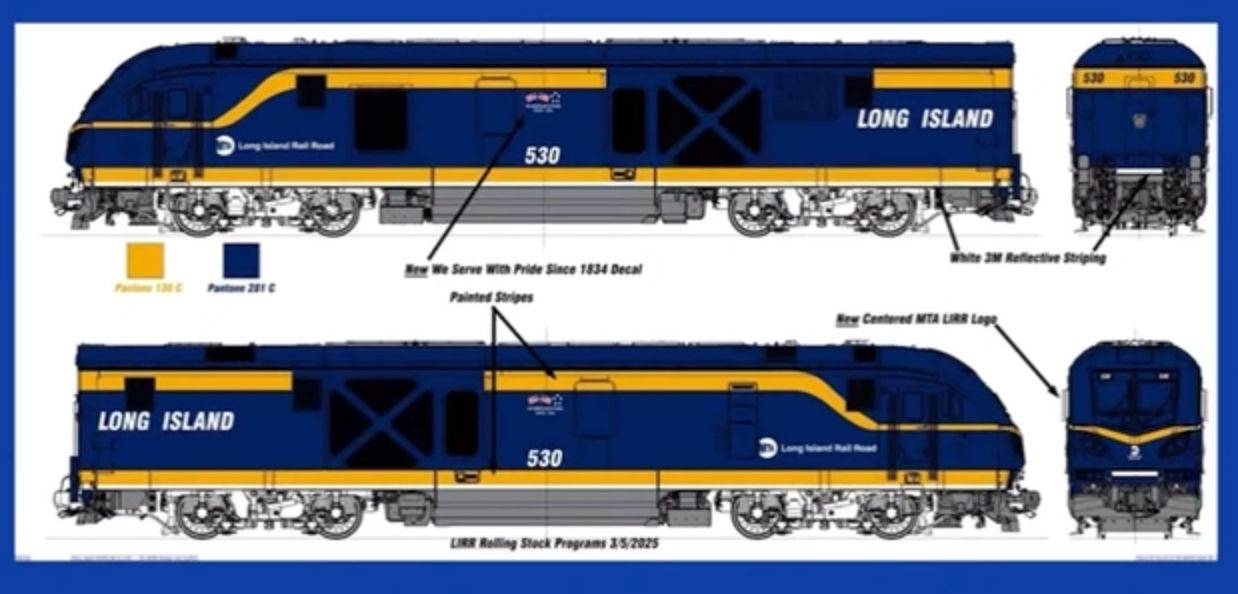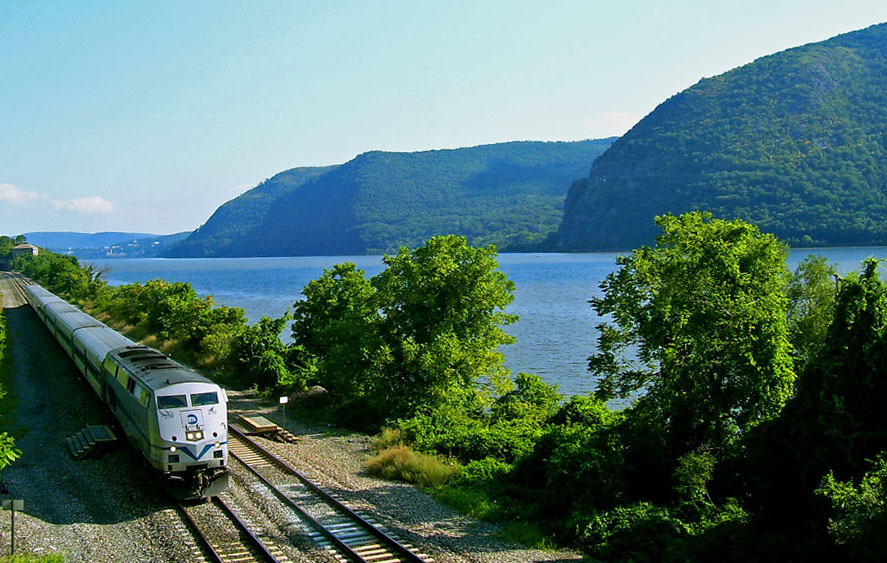When the beloved, but poorly-designed DE and DM30AC’s first rolled onto Long Island, providing seamless one-seat rides into Manhattan, along with numerous other capacity improvements, long went the tired GP38s, MP15s, and the P72 coaches from the 1950s. The new equipment was one of the LIRR’s first uniform diesel fleets, and with the advantages come the disadvantages as the LIRR then had to convert all low-level stations to high level, resulting in certain beloved, but lesser used stations (especially out on the East End) being closed for good.
I strongly believe LIRR employees and commuters alike are much better off with the modern equipment, however, while they have their advantages, the locomotives, in particular, have long suffered from chronic reliability issues.
Reliability
The DE/DMs are not known to be very reliable, and they had terrible teething trouble in their first couple of years of service. While things haven’t gotten to the point where replacement literally can’t be avoided, as they’ve gotten older, they’ve gotten even less reliable.
Recent MBDF (mean distance between failure) numbers have been abysmal for these trains, as they’ve gotten older they’ve gotten even less reliable. While in the last decade or so, MBDF numbers have remained pretty much at a steady rate, they’re still at a very low level.
As you can see, MBDF numbers lie around the 20-40,000 mile mark. Obviously, things have stabilized slightly, but once again, they seam to be going slightly downhill, and as they’ve gotten older, they will continue to go down. Unfortunately, this graph I found (I can’t find the actual graph for MBDF data, I’ll have to look harder at a later time), doesn’t include the MBDF numbers for the M9s, but I can tell you that they’re numbers lie slightly above the M7s, which are very, very, very slowly starting to show age, at a very slow pace, as they are truly well-made MUs.
As you can see, while the C3’s numbers stabilized for a couple years back in 2016/17/18x they then went up, probably due to the pandemic, then they went sharply downhill following 2022, coming back to the previous state. You’d think it’s a bit odd that the C3’s would be misbehaving, as they have much few moving parts then the locomotives do, and they also don’t have an engine.
 |
| Photo: The LIRR Today |
Traditionally, diesels have had much lower MBDF’s then that is seen on MU fleets, as they actually have an engine and typically have the most moving parts. This is a trend that is seen elsewhere across the region as well.
Capacity
The second major disadvantage of the current diesel equipment is the fact that there is simply not enough of it. The LIRR ordered just 23 DEs, 23 DMs, and 134 C3’s, to replace a diesel fleet much bigger in size. This would go back to haunt them on summer weekends. At the time, the LIRR only ordered the bare minimum of what equipment was needed to cover the bare bone service they provided at the time, but as we’ve seen, as the communities out in diesel territory have grown significantly since then, and so as the Summer Hamptons ridership, so now we’re stuck in the situation where there’s lots of added ridership, but no way to improve service.
 |
| Photo: the_rail_commuter |
These days, the LIRR needs about 88% of its fleet in regular weekday service. Yes, you heard that right, 88%! And that’s just in regular weekday service. Imagine what it would be like during the summer months, especially on summer Fridays! During regular weekday service, that leaves a very small shop margin, and that leaves very little room for error.Obviously, the fleet is stretched very thin in regular weekday service, and when special events add demand for the diesel equipment, the LIRR starts to completely run-out of equipment. On summer Fridays, to provide summer service to the Hamptons, the LIRR is literally stretched to its absolute limits, and they must use every last resource they have and in many cases, they simply have to “Rob Peter to pay Paul”. They simply just cut cars from other trains on the Port Jefferson and Oyster Bay branches to put those cars on the evening trains to/from the Hamptons and Montauk. I’ve even seen them take even more cars from other Montauk branch trains, most notably being train 76 (the 3:10p from Jamaica to Patchogue), which I’ve noticed commonly runs one-car short at 3 cars on summer Fridays, its most popular day of the week.
Luckily, but sadly, new equipment is on the way. The LIRR ordered 44 new dual-mode locomotives from Siemens, with an option for up to 66 locomotives. I’m currently not sure if the option has been exercised- I’ve been trying to comb through the information and figure it out but I’m going to assume they did, considering if they didn’t, they’d be ordering less locomotives then they have now, therefore screwing themselves even more. But at this point, it’s anyone’s guess if they will option the 66 or not.
66 locomotives be a greatly-welcomed improvement, and while I wouldn’t say the Chargers are my number one first choice for locomotives for the LIRR, I truly like their livery, which I plan to do a separate post on soon, and they seam to be pretty promising.
Now onto the C3’s. I personally don’t want to see them replaced, and I’m dreading that day when they finally toot their final goodbyes, as these are my home cars and have consequentially became my favorite ones, too. Unlike their locomotive counterparts, they aren’t aging quite as much, and typically, coaches outlive their locomotive counterparts by about 10 years or so. Therefore, they should have another 10-15 years on them. Now, you may be wondering, if they plan to order more locomotives, but no coaches, how do they fix the capacity issues? That’s a question I’m asking myself and while there’s no official answer it seams the MTA may be trying to order more multilevels, I believe based off NJT’s new ones, but I’m not sure. I saw a clip from the MTA that had this information, but I can’t find it anywhere and I need to see the full thing to know more.
Look, in conclusion, while I’m really going to miss the DE and DM30ACs, as I’ve grown up with them, and they are truly great locomotives despite being plagued with reliability problems. I sure em going to miss those their horns! But at the end of the day, they are getting older, and it’s getting to the point where every summer is a living hell due to their equipment failures. These locomotives are the major limiting factor as to why the LIRR can’t offer better service out in diesel territory, and that’s hurting ridership and limiting growth.
































